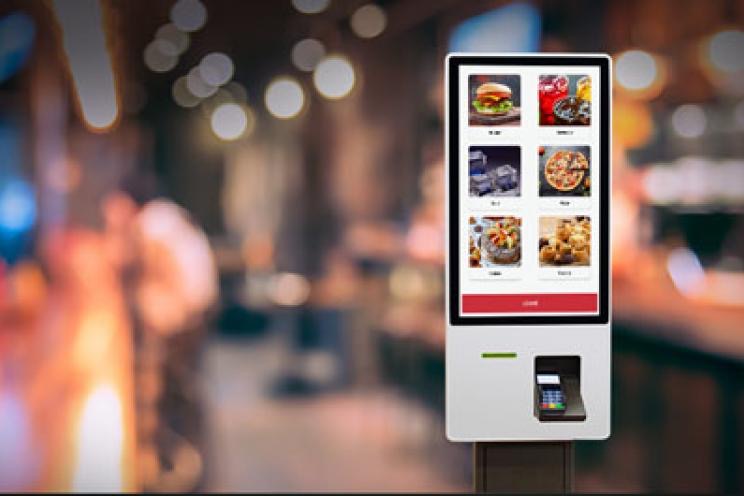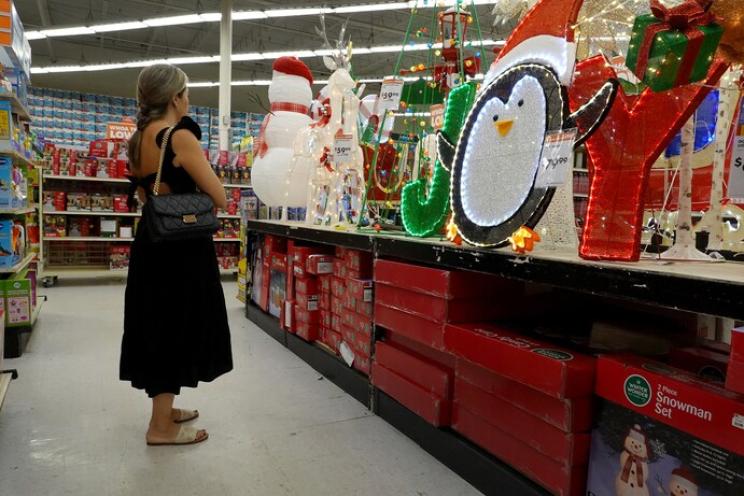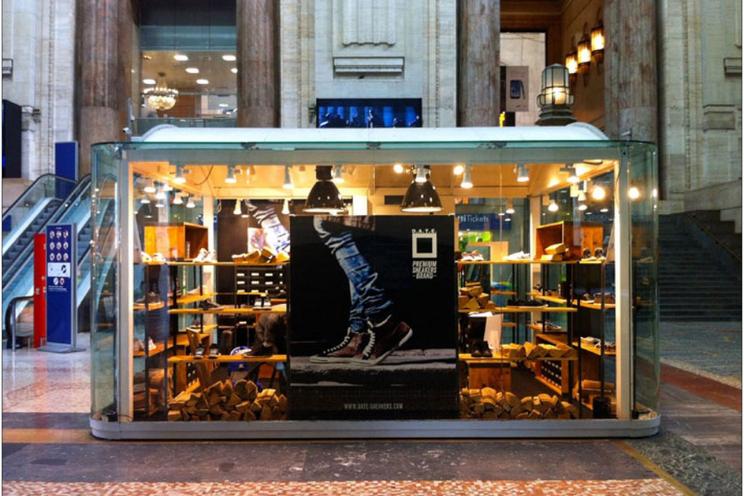
POS features to consider for your quick service restaurant
A quick service restaurant should do what is intended to do: serve delicious fast food and draw a smile on customers’ faces.
Restaurant managers and owners need to focus on their main purpose in QSR so they need a reliable POS system to manage their orders, payments and overall operations.
So, with so many options out there how do you know which POS software is right for your business?
Which must-have features do you need to consider to run your QSR efficiently and drive up your sales?
Order placement flexibility
Customers need to place their orders fast and conveniently. Providing different counters for orders is essential in quick service restaurants to keep orders flowing.
But adding self ordering kiosks in QSR is very helpful and drives both sales and customer satisfaction up.
Customers are more likely to spend when they place their own orders.
A good POS system integrates all orders from different terminals and sends them to the kitchen for a quick and convenient ordering process.
Offering online ordering is a must as well for additional income and increased customer satisfaction.
In this way, customers can choose among different ordering options that best suit their needs and accommodate their lifestyle.
The result: happy and satisfied customers that are retained for your business.
Order status screens
Order status screens show customers their order updates.
It is a digital screen software that displays the status of orders on a smart TV notifying customers when to pick up the order.
It enables customers to avoid waiting in queues to ask about their order status.
Having a full integration with the POS and KMS software, the OSS accurately gives you order updates enabling employees to manage orders efficiently and to process coming ones seamlessly.
Multi location management
If you are in quick service restaurant business, you most likely own different locations for your restaurant.
Managing different locations needs unified and integrated data to be displayed in one screen at your use.
Every location matters and every location deserves equal attention from you.
The only way to successfully manage different locations is through a POS system that integrates all data in one place for you to monitor and control.
It gives you clear insights on each location's performance on different levels and helps you to manage your staff no matter where you are.
Deliveries and online orders management
Having multiple tablets to manage orders from different sales channels is another feature you should be looking for.
Managing delivery services the same way you manage on premises orders is the key for your business’ prosperity and added revenues.
Having a POS system that enables you to manage your deliveries proactively allows proper communication between your staff for order reception and preparation.
Online ordering drives more revenues to your business allowing them to place orders whenever and wherever they are.
It also leads to more accurate orders and happier customers.
Kitchen display system
You need to connect your front of the house staff to your kitchen staff so they can work seamlessly especially during peak hours.
KDS enables your staff to manage and prioritize orders and fire food according to their optimal temperature avoiding errors and delays.
Customer relationship management
Customer engagement is something you should be looking for if you want sustainable income.
Reward your customers using the CRM feature in your POS. Returning customers should be rewarded for their loyalty.
Design loyalty programs based on the data you get from your POS to show appreciation for your customers.
Collecting data from customers helps you build a strong relationship with them so you can know how to reward them and what to offer to keep them loyal.
Running a quick service restaurant needs efficient management that cannot be realized without a reliable POS system which gathers all needed data in one screen for you to check and monitor leading to enhanced customer satisfaction and additional revenues.




